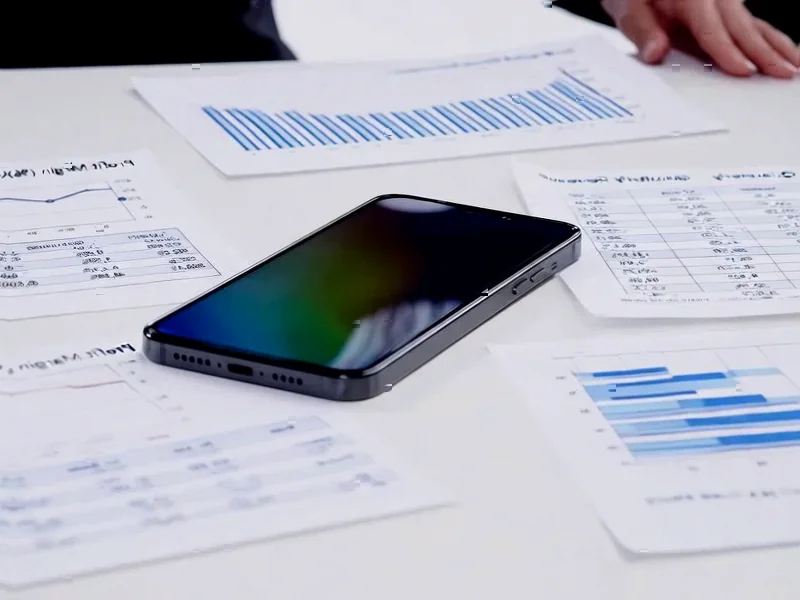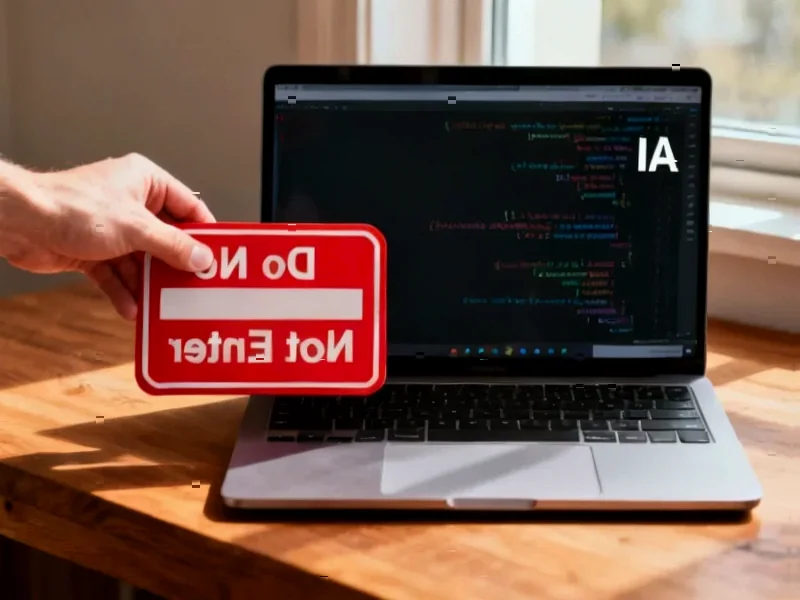According to CNBC, retail investors are turning cautious on Apple ahead of its quarterly earnings report due Thursday, despite the iPhone maker recently achieving a historic $4 trillion market valuation. JPMorgan’s retail flow data through Wednesday shows Apple was the only stock in the “Magnificent 7” megacap tech group to see net selling from individual investors, with retail traders offloading approximately $281 million worth of Apple shares. This contrasts sharply with heavy buying in other tech giants, including Microsoft ($574 million in retail purchases), Nvidia ($478 million), and Meta Platforms ($386 million). The selling pressure underscores growing investor hesitation about Apple’s results amid concerns over slowing hardware sales and muted demand in China, even as retail investors have emerged as savvy market participants by consistently buying dips throughout 2025.
Table of Contents
The Rise of Retail Intelligence
The narrative that retail investors are emotional and reactive has been thoroughly debunked in recent years. What we’re witnessing is the maturation of a new class of sophisticated individual investors who have access to the same data, research, and analytical tools that were once the exclusive domain of institutional players. Their consistent dip-buying strategy throughout 2025 demonstrates a level of discipline and market understanding that challenges traditional assumptions about retail investor behavior. This isn’t the meme-stock frenzy of 2021—this is calculated capital allocation based on growth trajectories and fundamental analysis.
Apple’s Fundamental Growth Dilemma
The retail exodus from Apple points to a deeper structural concern that transcends quarterly earnings. While Apple’s achievement of a $4 trillion market capitalization is historically significant, it also raises questions about sustainable growth at this scale. The iPhone business, which still drives the majority of Apple Inc. revenue, faces multiple headwinds including market saturation in developed economies, lengthening replacement cycles, and intensifying competition in emerging markets. Unlike Microsoft’s diversified enterprise software stack or Nvidia’s AI infrastructure dominance, Apple remains heavily dependent on consumer hardware cycles at a time when consumer spending is showing signs of strain.
The China Conundrum Intensifies
Beyond the immediate earnings concerns, Apple’s challenges in China represent an existential threat that retail investors appear to be pricing in more aggressively than institutions. The combination of Huawei’s resurgence, nationalist purchasing preferences, and economic headwinds in the world’s second-largest economy creates a perfect storm for Apple’s growth engine. What makes this particularly concerning is that China isn’t just a market for Apple—it’s the company’s primary manufacturing hub and supply chain backbone. Any sustained deterioration in Chinese demand could trigger a negative feedback loop affecting both revenue and operational stability.
The Institutional Response Lag
What’s particularly telling about this retail movement is the timing relative to institutional positioning. Retail investors appear to be front-running what could become a broader institutional reassessment of Apple’s valuation. The data from JPMorgan Chase suggests individual investors are acting with greater conviction than many professional money managers who may be constrained by benchmark considerations and portfolio rebalancing requirements. This divergence often precedes significant price movements, as retail flows can serve as an early warning system for changing market sentiment.
The Innovation Imperative
The fundamental question retail investors seem to be asking is whether Apple can successfully transition from being a hardware company to becoming a services and innovation leader. While Apple’s services business has shown impressive growth, it remains tethered to the iPhone installed base. The much-anticipated Vision Pro and other new product categories have yet to demonstrate they can move the needle meaningfully for a company of Apple’s scale. Until Apple can convincingly show that it has another revolutionary product category in the pipeline—not just iterative improvements to existing lines—the skepticism from retail’s “smart money” is likely to persist.
Related Articles You May Find Interesting
- PhantomRaven’s Remote Dynamic Dependencies Redefine Supply Chain Threats
- The Workplace Wearable Dilemma: Productivity vs. Privacy
- Google’s Play Store Concession: A Temporary Crack in the Walled Garden
- Missing Brain Molecule Discovery Opens New Path for Adult Neurological Treatments
- Fortra’s DSPM Launch Signals Critical Shift in Data Security



